Tungsten carbide burs are essential tools for various industries, including dentistry, metalworking, and jewelry making. Known for their durability and precision, these burs are used for cutting, shaping, and grinding hard materials. Choosing the right tungsten carbide burs can significantly impact the quality of your work and the lifespan of the tools. This guide provides key tips and insights to help you make an informed decision when purchasing tungsten carbide burs.
Know the Shank Types: Tungsten carbide burs come in different shank types, including friction grip (FG), latch-type (RA), and straight handpiece (HP) shanks. Selecting the right shank type depends on the equipment you are using. For example, FG burs are commonly used in high-speed dental handpieces, while RA burs are suitable for low-speed contra-angle handpieces.
Choose the Right Head Shape: Tungsten carbide burs are available in various head shapes, such as round, flame, cylindrical, and cone. Each shape serves a specific purpose, so choosing the right one depends on the task at hand. For instance, round burs are ideal for creating concave shapes, while cylindrical burs are used for smoothening and trimming flat surfaces. Understanding the different head shapes and their applications will help you select the most suitable burs for your needs.
Cylindrical Type Tungsten Carbide Burs
Determine the Grit Level: The grit level of tungsten carbide burs affects the smoothness of the cut and the finish on the material. Coarse burs have larger cutting edges, making them suitable for rapid material removal. Fine burs, on the other hand, have smaller cutting edges for precision work and creating a smoother finish. Depending on your application, you may need to choose between coarse, medium, and fine grit burs to achieve the desired results.
Check the Cutting Edges: Tungsten carbide burs can have single, double, or cross-cut cutting edges. Single-cut burs produce a smooth finish and are often used for general shaping. Double-cut burs have crisscrossed cutting edges, allowing for faster material removal and reducing vibration during use. Cross-cut burs provide an even finer finish, making them ideal for delicate tasks that require high precision. Understanding the differences between these cutting edges will help you choose the burs that best match your work requirements.
Look for High-Quality Material: Not all tungsten carbide burs are created equal. High-quality burs are made from premium tungsten carbide material, offering superior durability and cutting performance. Investing in high-quality burs will ensure a longer lifespan, reduced wear and tear, and consistent performance. Low-quality burs may wear out quickly, leading to poor results and increased costs in the long run.
Choose a Reputable Brand: The brand you choose plays a significant role in the quality and reliability of the tungsten carbide burs. Reputable manufacturers adhere to strict quality control standards and use advanced manufacturing techniques to produce high-performance burs. Researching and selecting a trusted brand can give you confidence in the product's performance and ensure you get value for your investment.
Cylindrical Type Tungsten Carbide Burs
Check the Shank Size: Tungsten carbide burs come in different shank sizes, such as 1/4-inch, 1/8-inch, and 3/32-inch. It's essential to choose burs that are compatible with your specific equipment. Using the correct shank size ensures a secure fit in the handpiece and minimizes the risk of damage to both the bur and the equipment.
Ensure Proper Fit and Balance: An improper fit or imbalance can lead to excessive vibration, reduced control, and potential damage to the material being worked on. Before purchasing, verify that the tungsten carbide burs are designed to fit your handpiece correctly. This not only ensures optimal performance but also enhances safety during use.
Q1: Can tungsten carbide burs be used on all materials?
A: Tungsten carbide burs are versatile and can be used on a wide range of materials, including metals, ceramics, plastics, and wood. However, they are most commonly used for cutting and shaping hard materials like metal and ceramics due to their hardness and durability.
Q2: How do I maintain tungsten carbide burs for a longer lifespan?
A: To extend the lifespan of tungsten carbide burs, clean them regularly to remove debris and residue. Use appropriate cleaning solutions and brushes to avoid damaging the cutting edges. Additionally, avoid applying excessive pressure during use, as this can cause premature wear and reduce the bur's efficiency.
Q3: How often should tungsten carbide burs be replaced?
A: The replacement frequency depends on the intensity of use and the materials being worked on. Regularly inspect the burs for signs of wear, such as dullness, chipping, or reduced cutting performance. Replacing worn burs promptly ensures consistent results and prevents damage to the workpiece.
When buying tungsten carbide burs, it's crucial to consider factors such as bur type, grit level, quality, and compatibility with your equipment. By understanding these aspects and selecting the right burs for your needs, you can achieve precise and efficient results while extending the lifespan of your tools. Investing in high-quality tungsten carbide burs from reputable brands ensures reliable performance, whether you're using them for dental procedures, metalworking, or other applications.
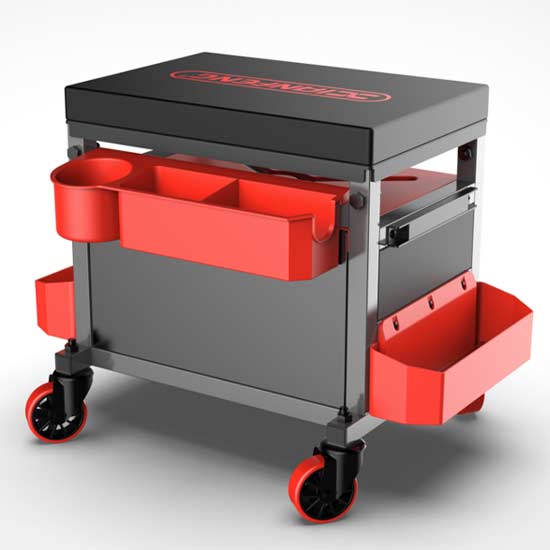 Tool seat
Tool seat
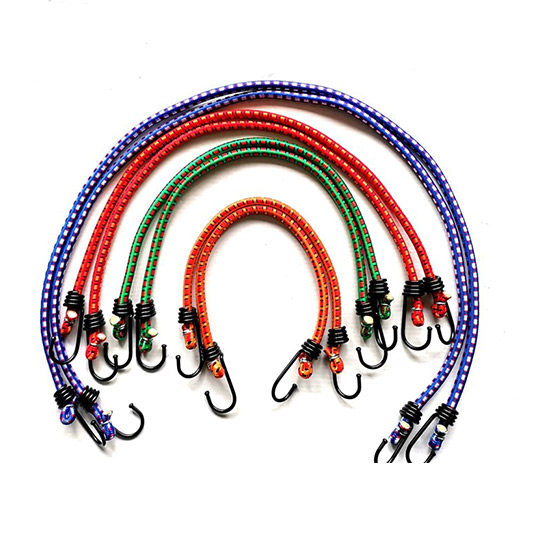 Stretch Cord
Stretch Cord
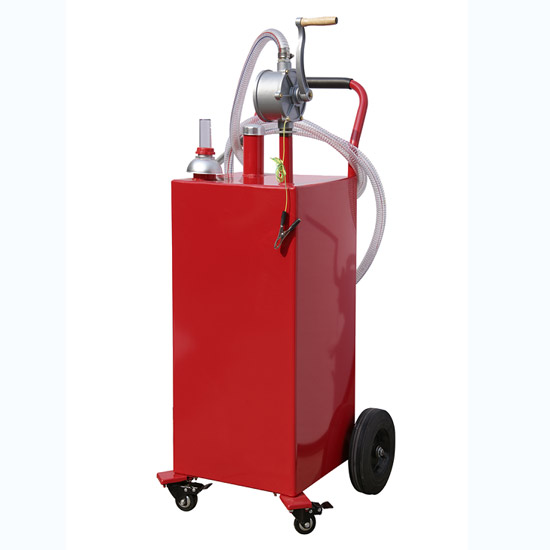 Oil Pump
Oil Pump
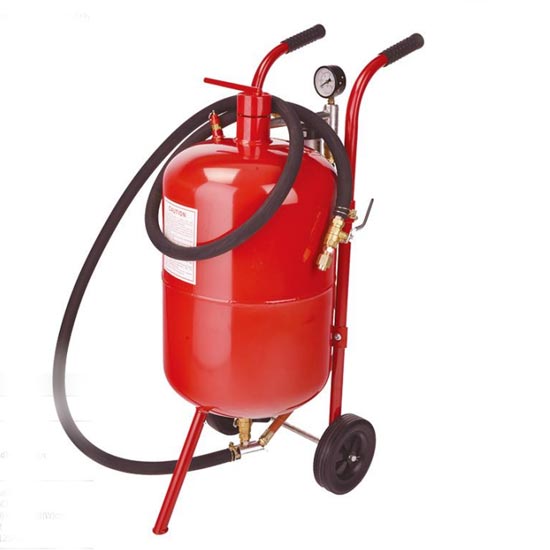 Sandblast Pot
Sandblast Pot
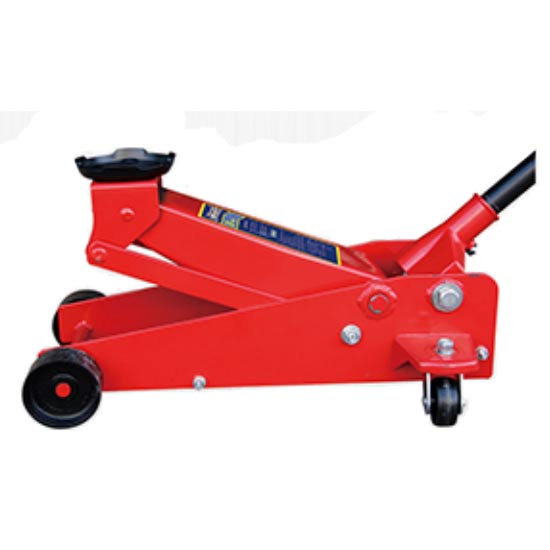 2.25 Ton Hydraulic Floor Jack
2.25 Ton Hydraulic Floor Jack
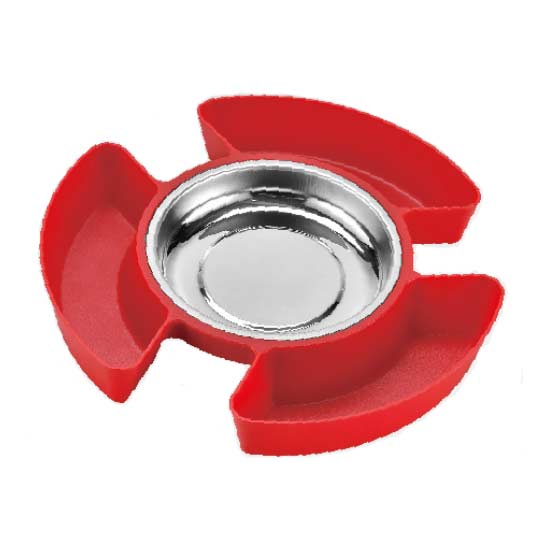 Magnetic Tray With Tool Plate
Magnetic Tray With Tool Plate
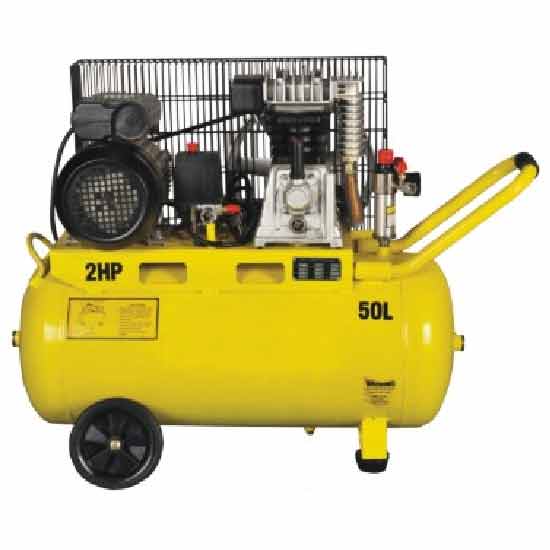 Single-stage Air-cool Movable Air Compressor
Single-stage Air-cool Movable Air Compressor
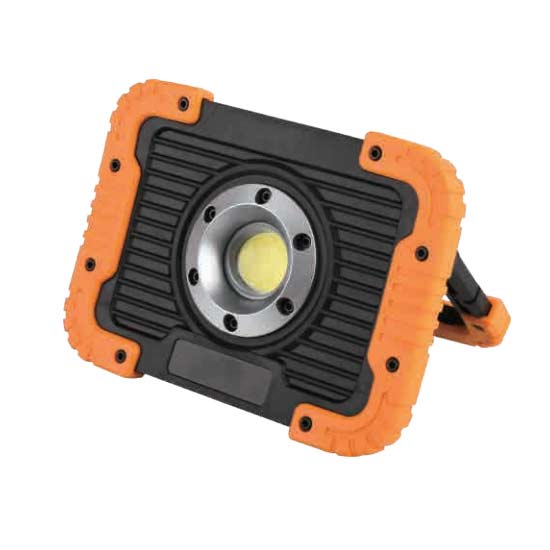 10W Rechargeable Led Flood Light
10W Rechargeable Led Flood Light
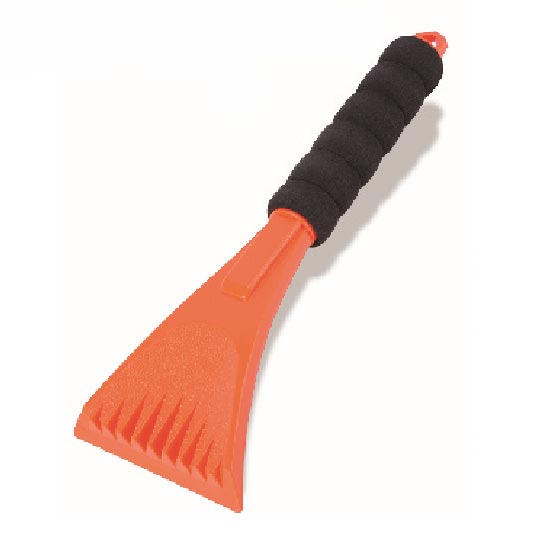 Ice Scraper
Ice Scraper
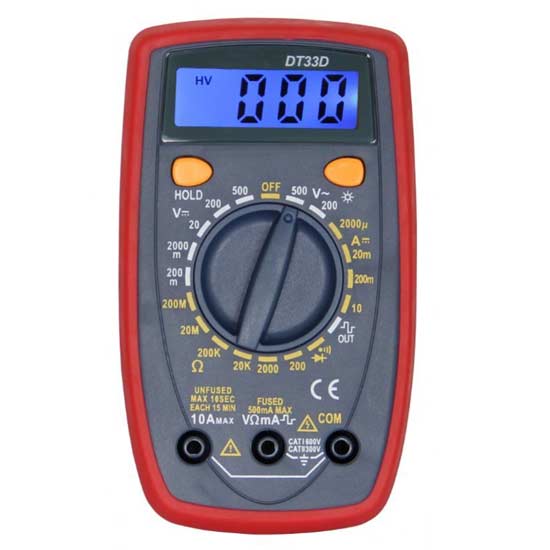 Small Multimeter with Backlight
Small Multimeter with Backlight
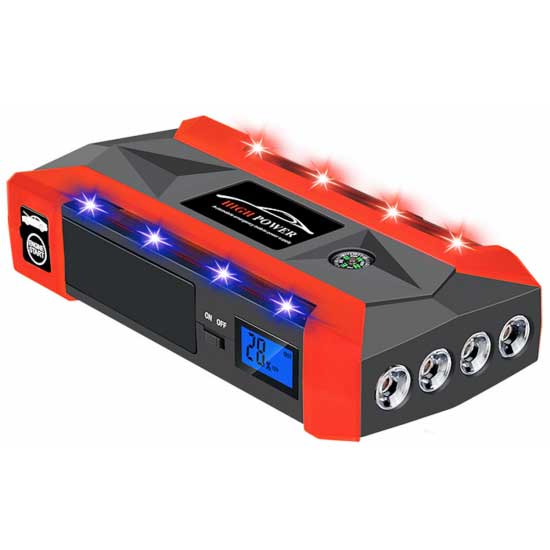 Jump Starter With 4 Led Lights
Jump Starter With 4 Led Lights
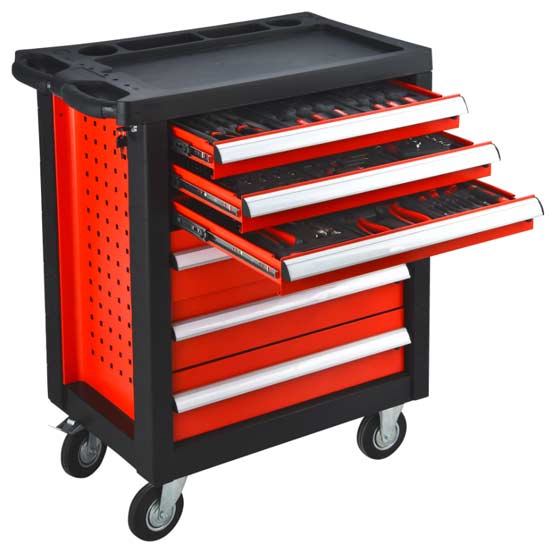 Steel Tool Cabinet
Steel Tool Cabinet
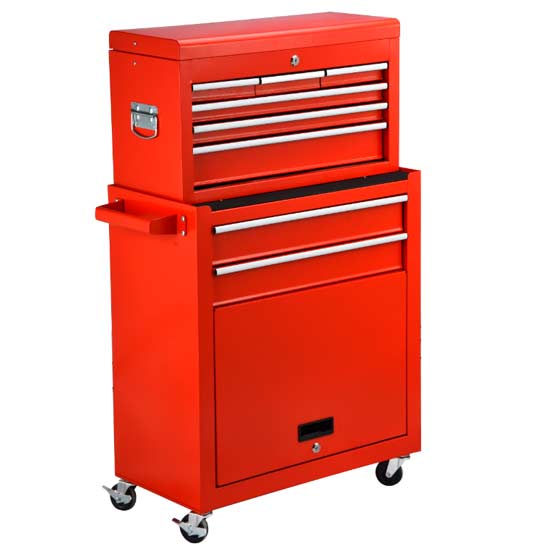 Large Tool Cabinet
Large Tool Cabinet
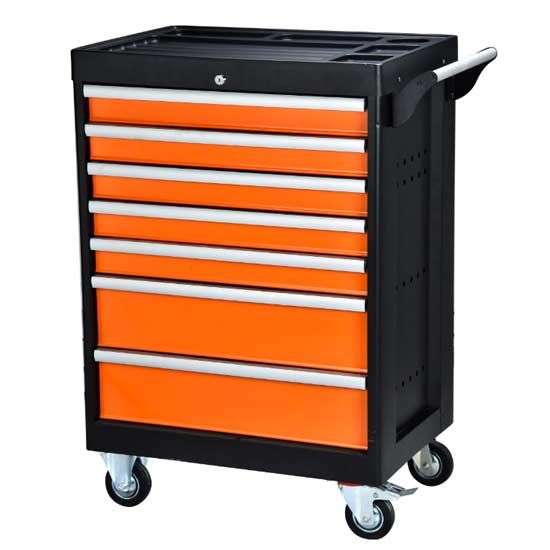 Tool Storage Cabinet
Tool Storage Cabinet
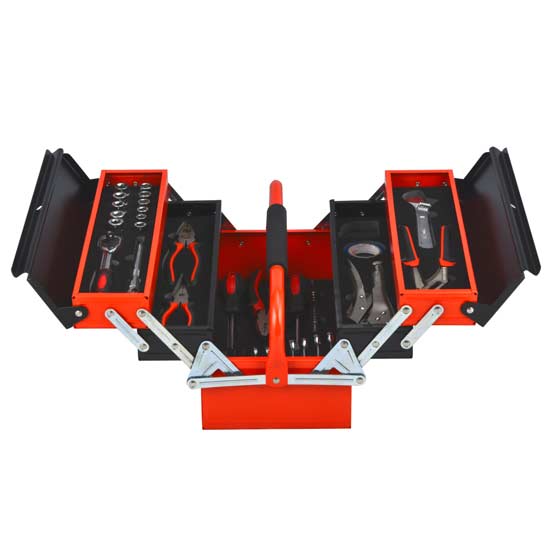 Metal Tool Box
Metal Tool Box
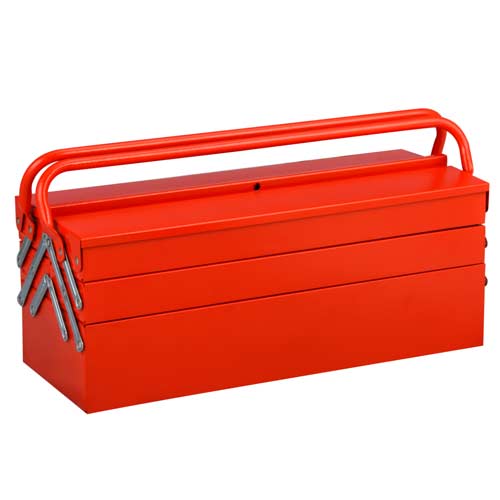 Large Metal Tool Storage Box
Large Metal Tool Storage Box
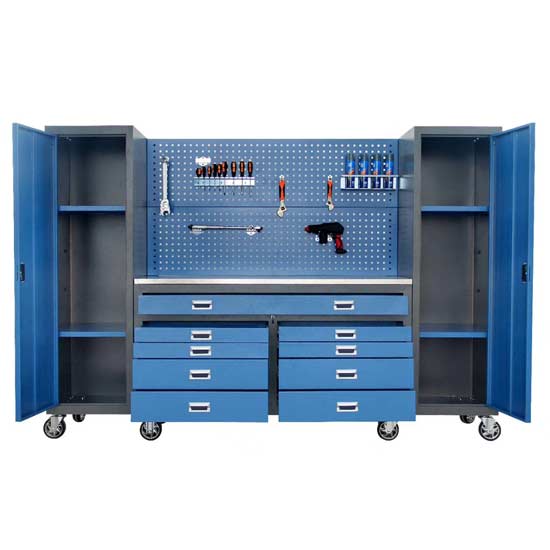 Blue Metal Tool Cabinet
Blue Metal Tool Cabinet
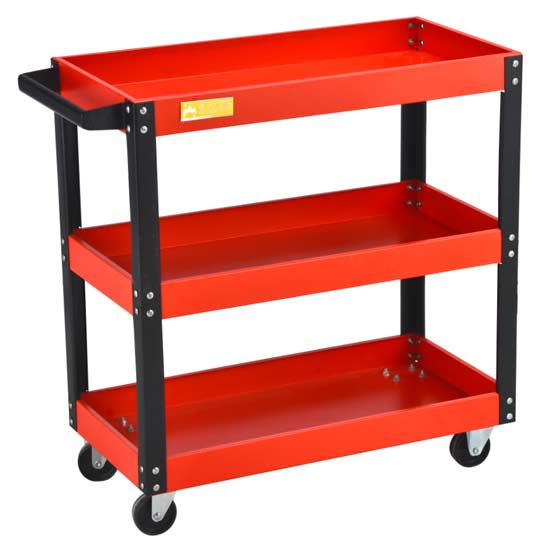 Red Steel Tool Trolley
Red Steel Tool Trolley
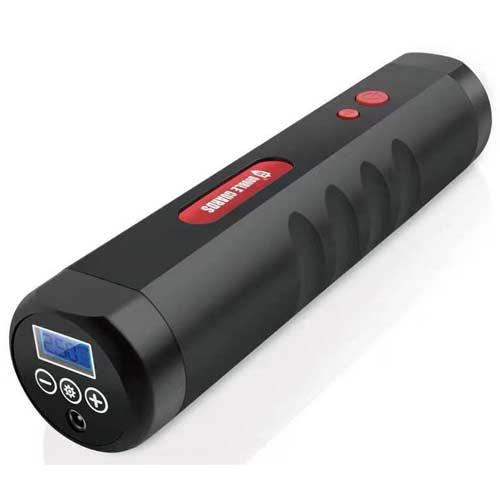 Portable Tire Inflator
Portable Tire Inflator
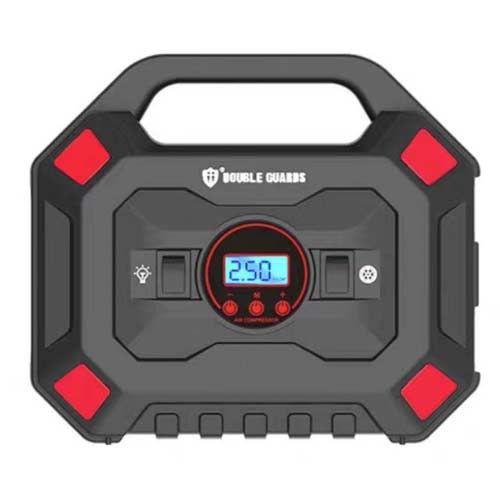 Custom Tire Inflator
Custom Tire Inflator
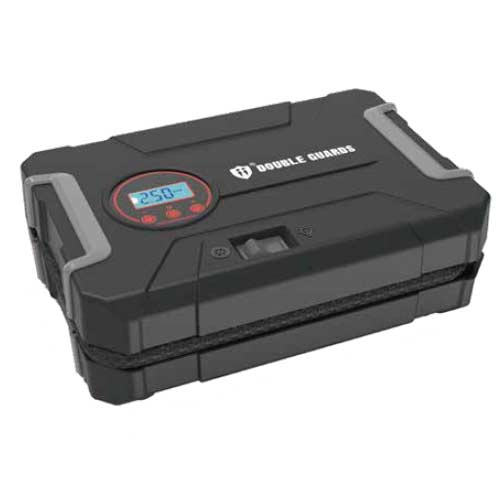 Tire Pressure Pump
Tire Pressure Pump
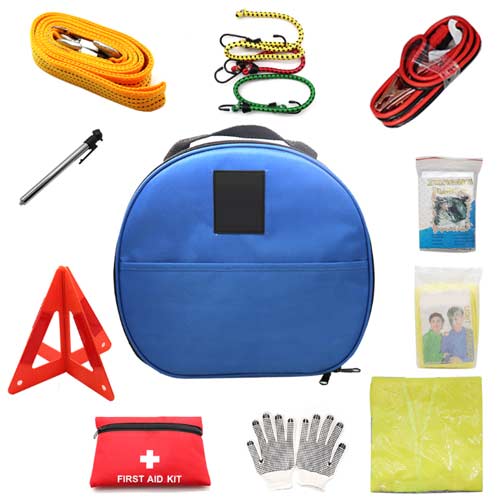 Auto Emergency kit
Auto Emergency kit